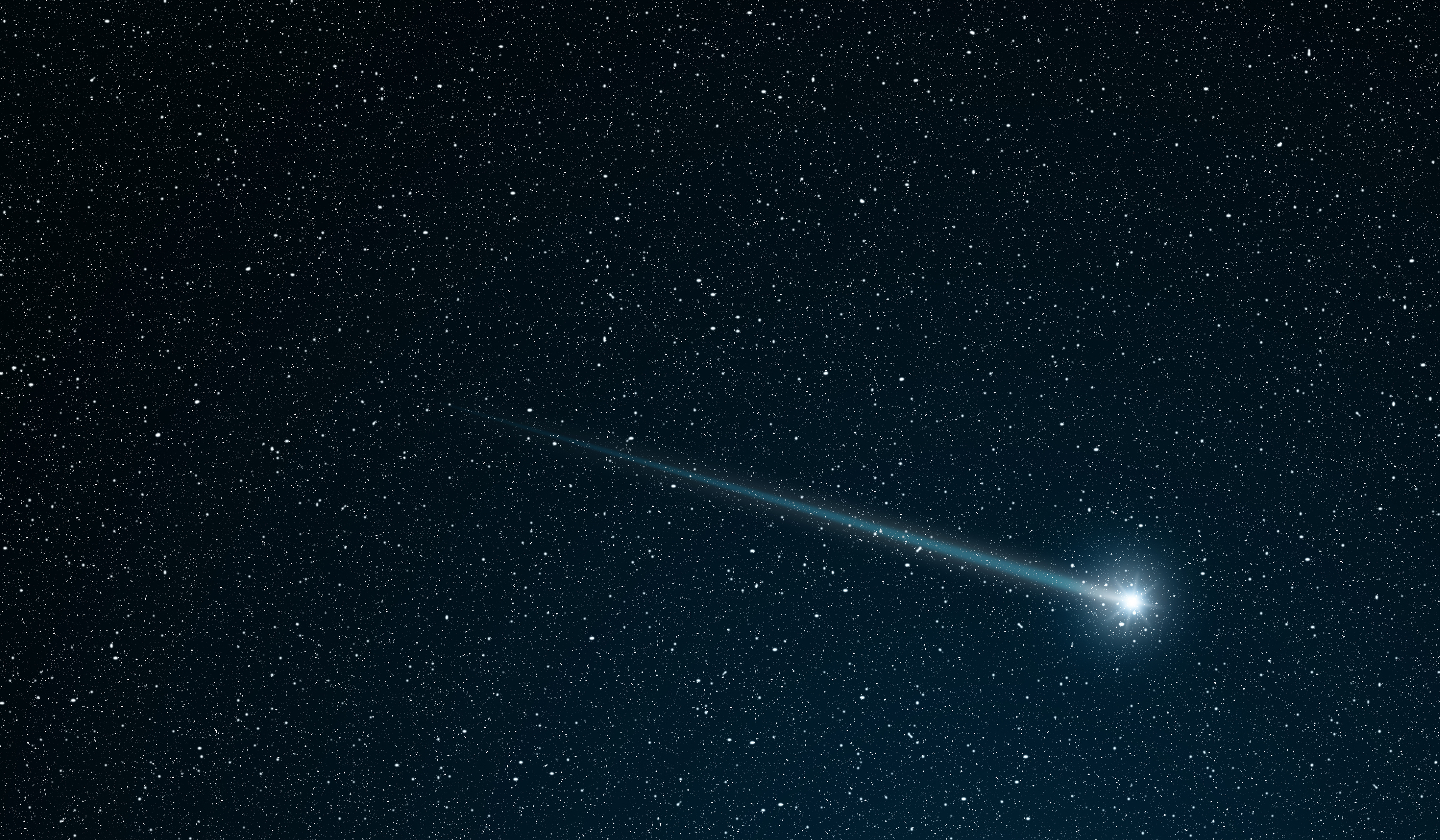
A SPECTACULAR display of celestial fireworks is promised this weekend as the Earth flies through a cloud of cometary dust.
The Perseid meteors, shed by comet Swift-Tuttle, stage their show every August and are among the brightest of all shooting stars.
This year, as many as two of the streaking flashes of light could be visible every minute given a good location away from built up areas and clear skies.
The peak time for Perseid watching will be Saturday night and before dawn on Sunday, but the meteors may already be making an appearance.
Robin Scagell, vice president of the Society for Popular Astronomy, said: “There was one rogue report that said it was going to be the most impressive display for 96 years or some other rubbish.
“But the numbers are going to be quite good. We can look forward to a decent display, even though they aren’t going to be raining down from the sky.
“The Perseids can be very bright and often quite spectacular. Some meteor showers are slow, but we are moving into the Perseid stream so they are coming at us quite swiftly.
“I think under good conditions you might see one or two a minute, probably more towards Sunday morning rather than Saturday.
“You could see none at all for a few minutes and then two or three. You might be lucky or unlucky; that’s the way with meteors.”
The meteors, mostly no bigger than a grain of sand, burn up as they hit the atmosphere at 58 kilometres (36 miles) per second to produce a shooting stream of light in the sky.
Seen from the Earth, the Perseids appear to originate from one place in the north-east known as the “radiant” which happens to be near the constellation Perseus.
A tip from Mr Scagell is not to look towards the radiant, but to direct your gaze in the opposite direction.
Not only will a waning gibbous moon be rising in the region of the Perseid radiant, but the meteors will visible for longer when viewed streaking away from their point of origin.
Because the density of the dust cloud varies, the meteors will not be evenly spaced out. At certain times they could be close together and at others seem to disappear.
The Perseids were the first meteor shower to be linked to a comet when astronomer Giovanni Schiaparelli spotted their association with Swift-Tuttle in 1862.
The comet orbits the sun every 135 years. As the Earth crosses its orbit, it ploughs through some of the debris left by the icy object on previous visits. None of the particles are big enough to avoid destruction and reach the ground.
Meteorite hunter offers £10,000 reward for parts of space rock that fell on Scottish soil

Enjoy the convenience of having The Sunday Post delivered as a digital ePaper straight to your smartphone, tablet or computer.
Subscribe for only £5.49 a month and enjoy all the benefits of the printed paper as a digital replica.
Subscribe